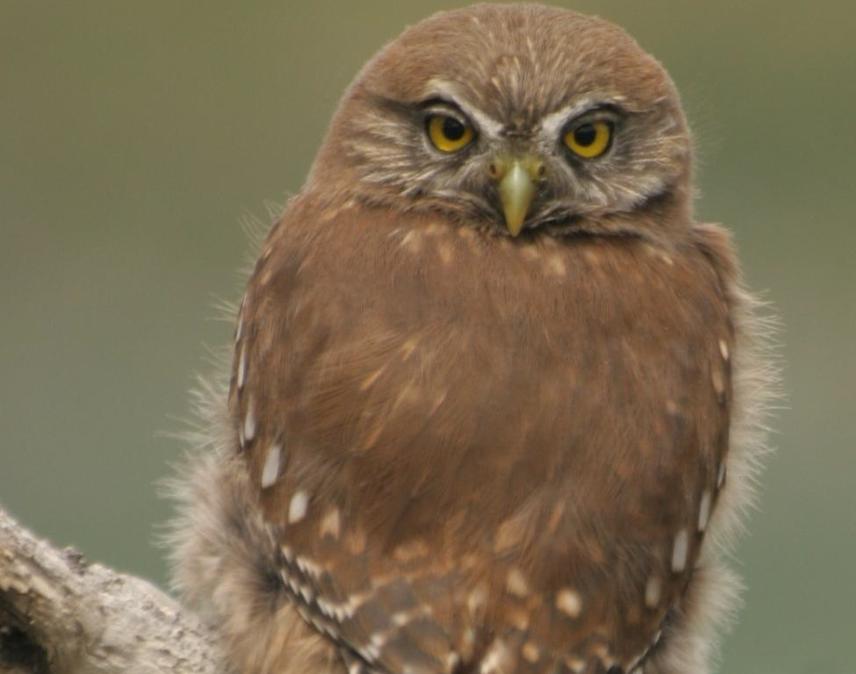José Tomás Ibarra
Other projects
1 Jul 2015
Ecology and Conservation of the Cavity-Nesting Community in Temperate Forests of South America
Our project seeks to deepen current knowledge of the ecology and conservation status of top predators (owls) and top excavators (woodpeckers), and evaluate their efficiency as indicators of biodiversity in the Andean temperate rainforests of South-America.

Chuncho (Glaucidium nana).
The negative effects of the elimination of temperate forests may be especially likely for those habitat-specialist species, which can also indicate biodiversity levels and forest health. The Rufous-legged owl (Strix rufipes) and Magellanic woodpecker (Campephilus magellanicus), are two poorly known endemic birds of South-American temperate forests and considered to be declining because of habitat loss. In this project, we are analysing the ecology and conservation status of the forest-specialist species Rufous-legged owl and Magellanic woodpecker and comparing them to the forest-facultative species Austral pygmy owl (Glaucidium nanum) and Chilean flicker (Colaptes pitius).
Environmental agencies often rely on indicator species as surrogates to help address conservation problems. Indicators are those whose presence is correlated with high species richness or with the presence of threatened communities. In our project we are exploring the efficiency of these top-predators (owls) and top-excavators (woodpeckers) as indicators of biodiversity in the Andean temperate forests of southern Chile. Owls are good candidates as indicators because, as top-predators, they regulate other populations through “food-webs”, commonly select productive habitats, and are sensitive to major ecosystem alteration. Similarly, woodpeckers regulate “nest-webs” (i.e. cavity-nesting-communities) in forests so they may be reliable indicators as their excavations positively influence vertebrate diversity. This project will inform national and international stakeholders (Environmental Ministry, Chilean Forestry Corporation, landowners, and IUCN) and develop environmental education activities regarding conservation issues and appropriate management responses in Chile.